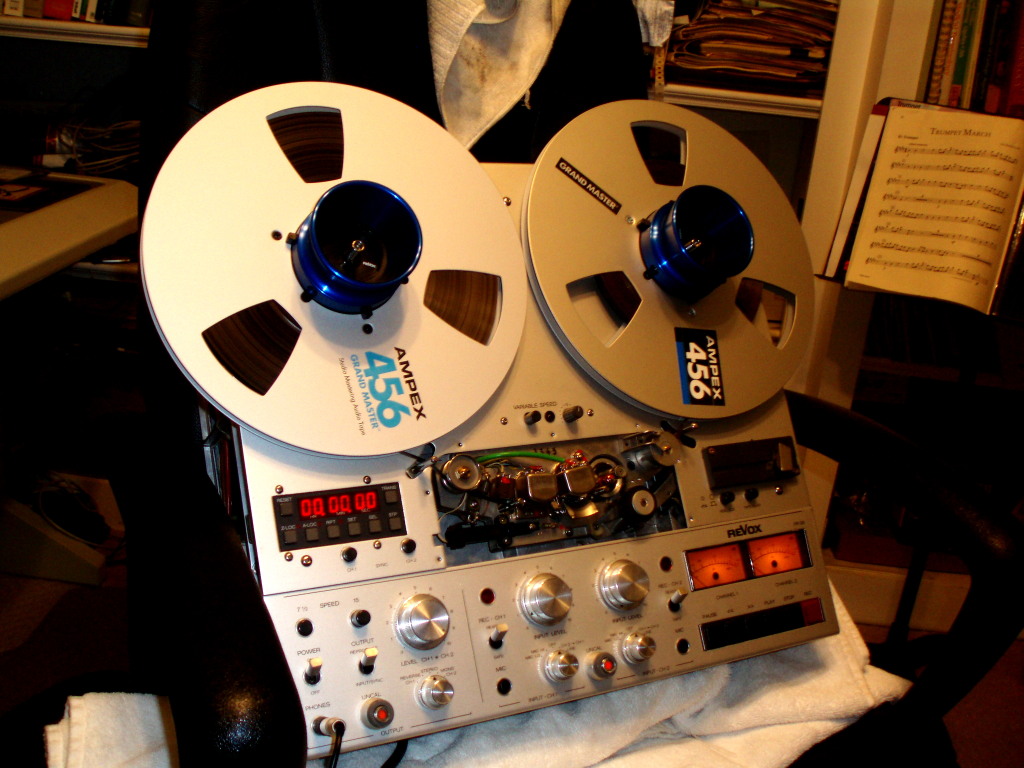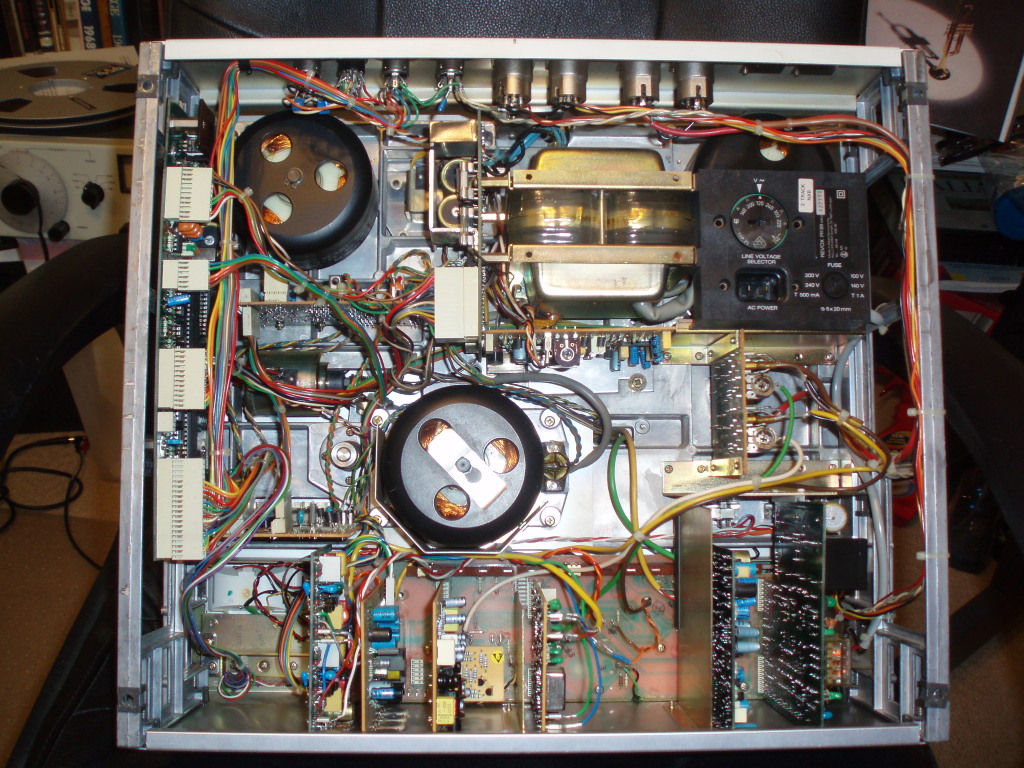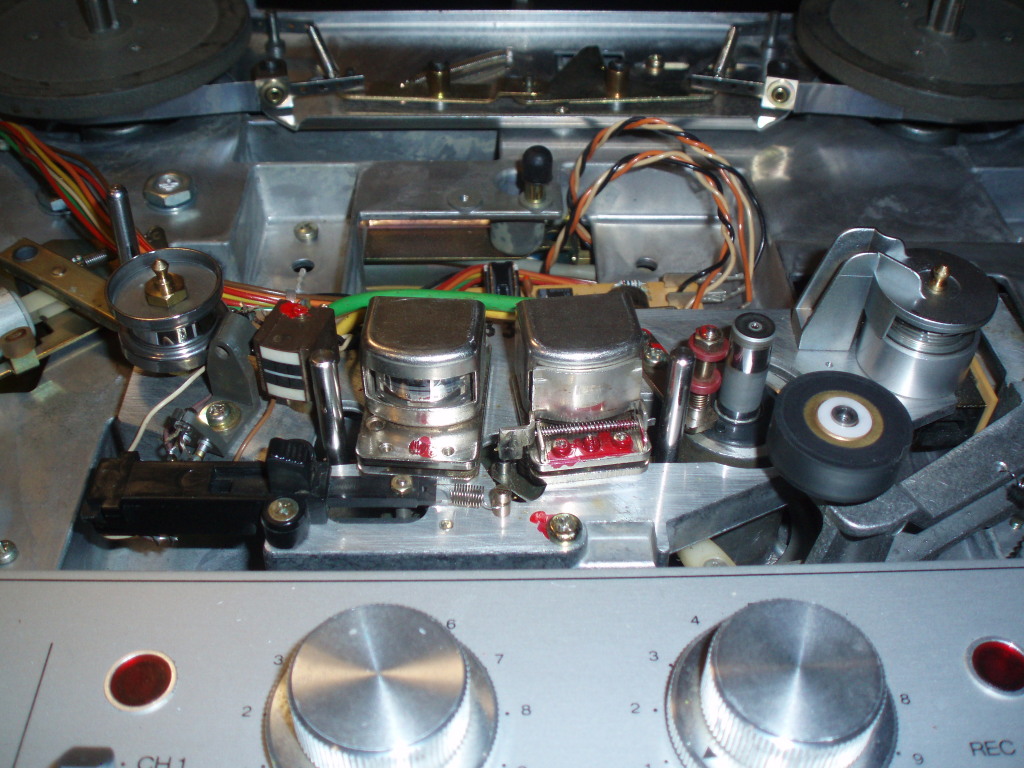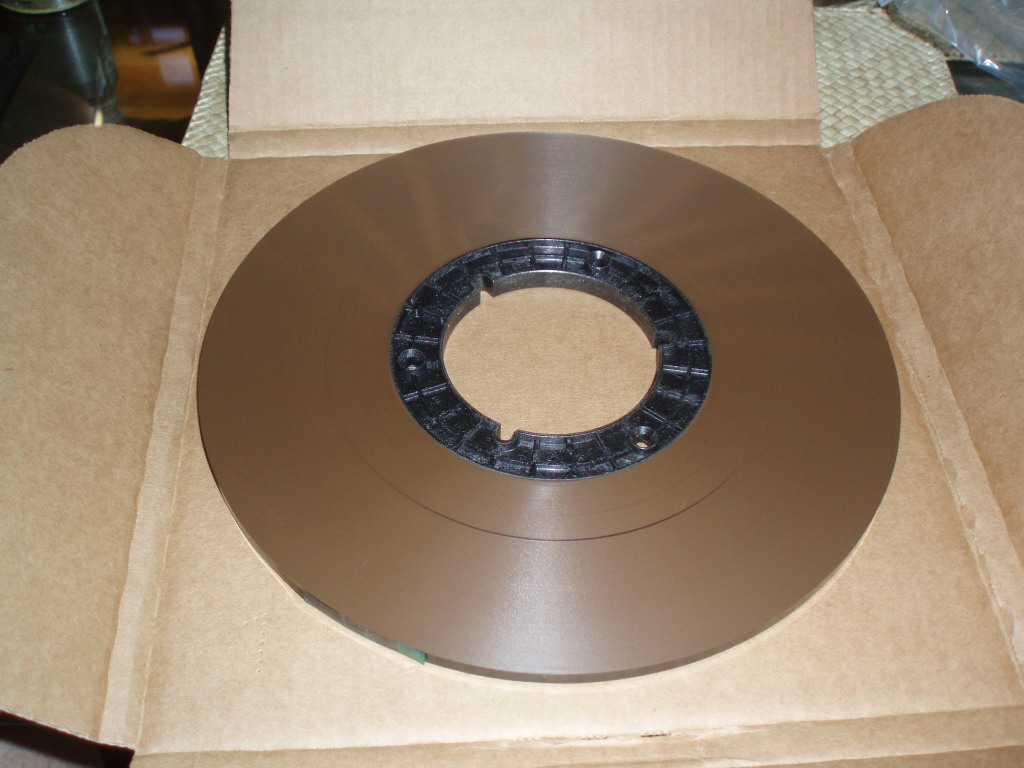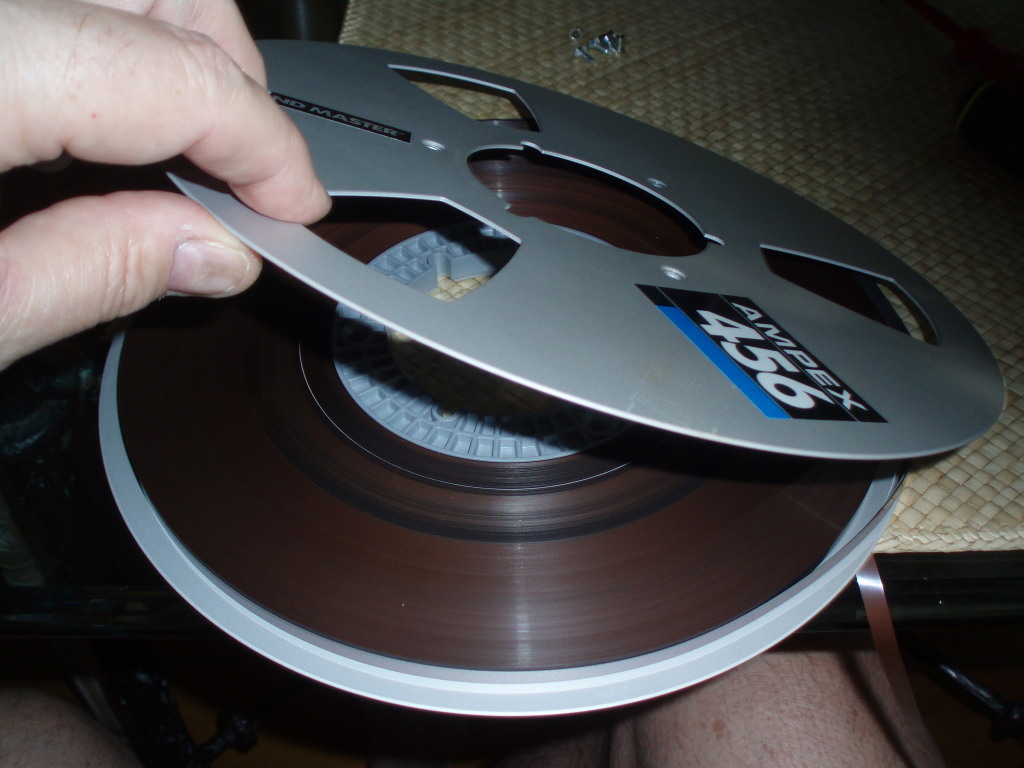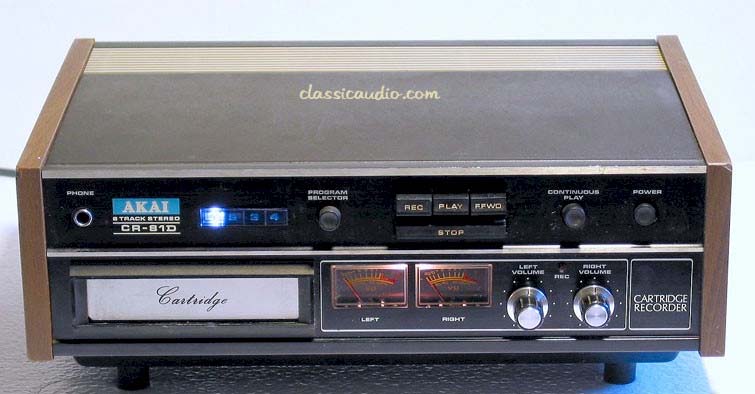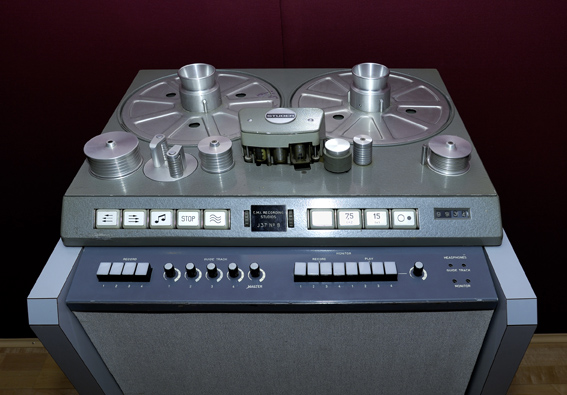
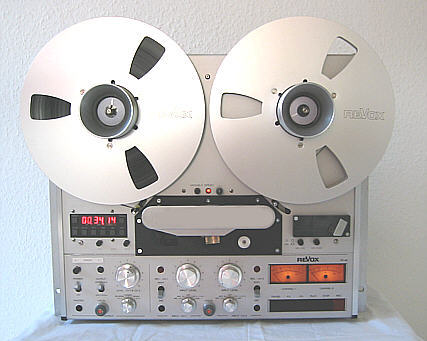
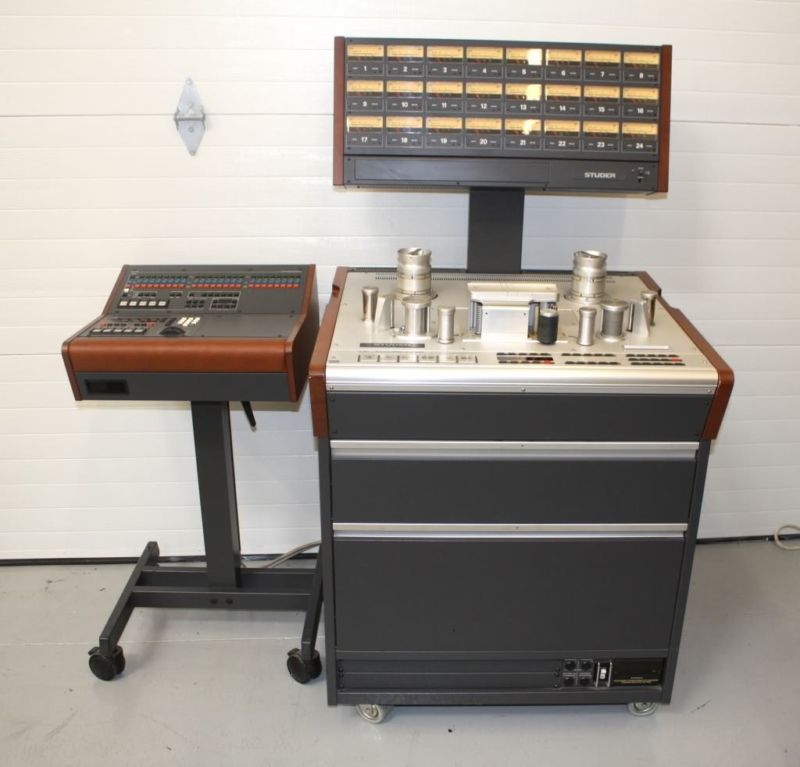



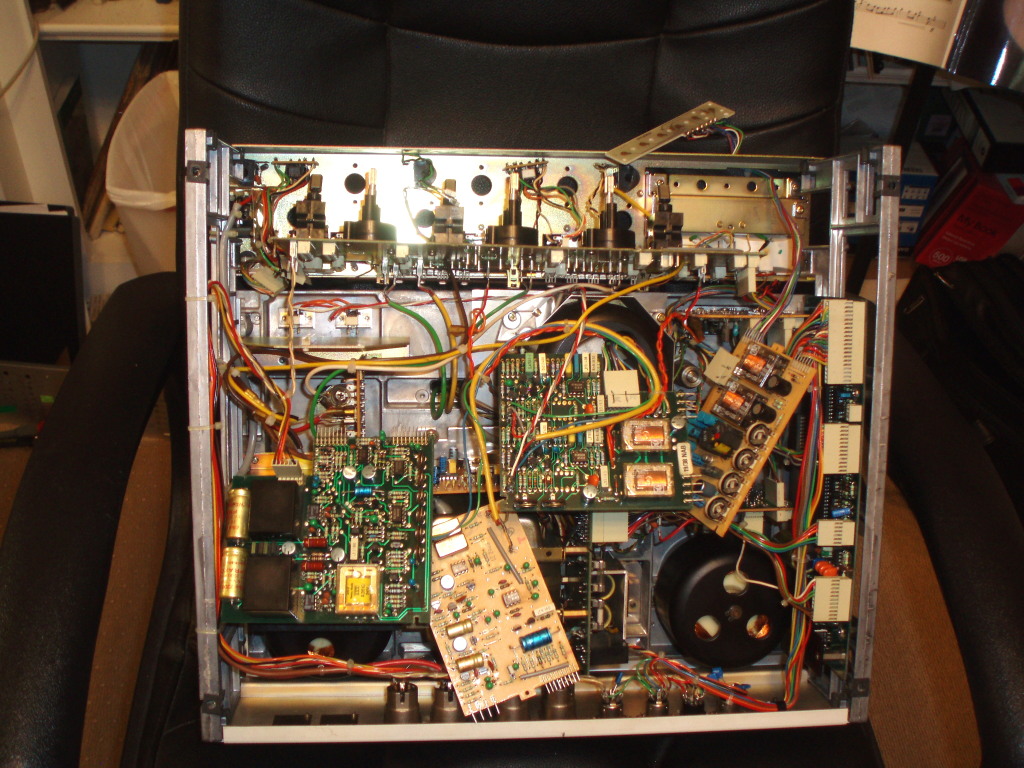
| Tach Head Adjustment | VU Meter and Peak LED Indicator | Reproduce Level | Bias Adjust |
| Tape Speed Calibration | Line Output Level | OSC Frequency and RF Levels | SYNC Playback |
| End-Of-Tape Switch | Frequency Response Equalization (3 separate) | Bias Trap | Pinch Roller Swing Arm and Solenoid Timing & Force |
| Input Circuit Calibration (0VU-+4db=0.775 VRMS) | Reproducing Head Azimuth (Fine & Coarse) | Record Head Azimuth (Fine and Course) | Record & Playback Head Height |
